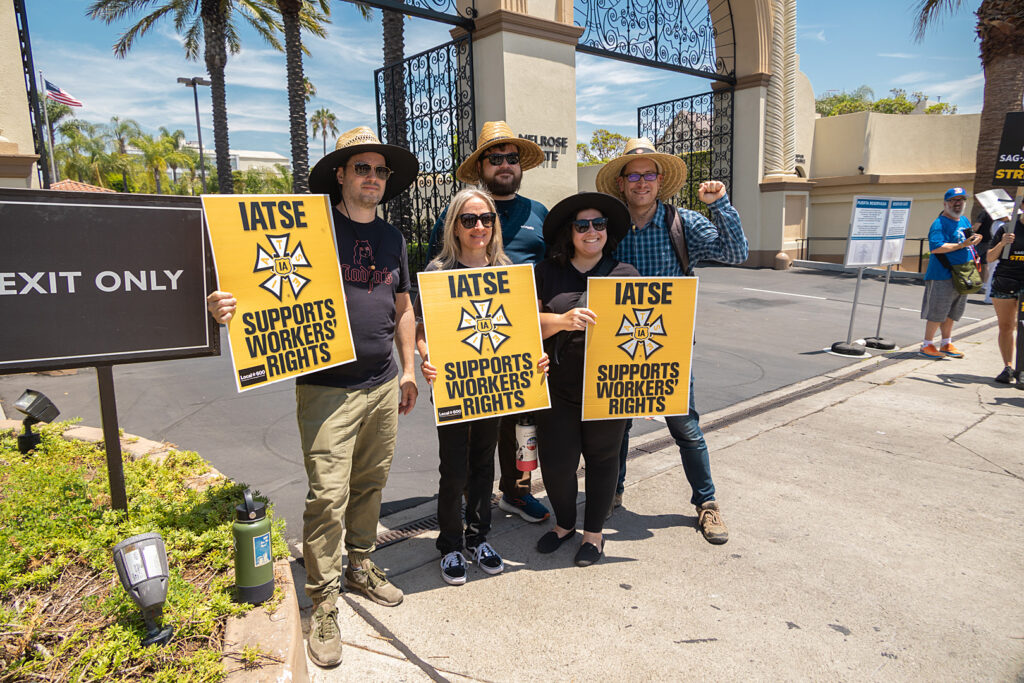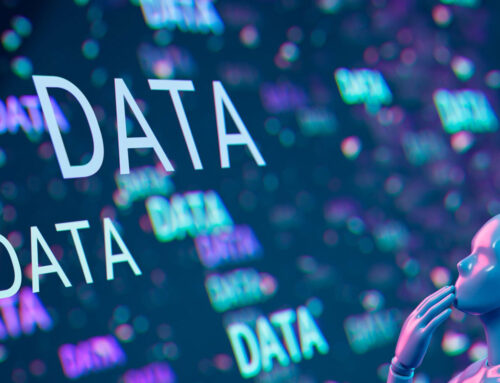OpenAI’s Sora Converts Textual Input into Realistic Video Content
The potential of OpenAI, a U.S.-based artificial intelligence research organization founded in December 2015, has been widely acknowledged. The recent unveiling of Sora, an application designed to revolutionize the creation of cinematic content without necessitating traditional film school education, marks a significant milestone for the company in the entertainment sector. As a research project still in its developmental stage, Sora is presently being evaluated by a select group of creators and security experts who are tasked with identifying any potential safety vulnerabilities through thorough testing. Although a public release date has not been announced, OpenAI has offered a preview to demonstrate the app’s capabilities.
In the competitive arena of text-to-video AI technology, where major companies like Google and emerging startups like Runway have launched their initiatives, Sora sets itself apart with its exceptional photorealism and the capability to produce longer video clips, extending up to one minute. The specific duration required to render these videos remains undisclosed, but researchers suggest that the process is relatively swift. Early examples have shown the app’s potential to generate compelling visual narratives.
Although personal experimentation with Sora was not permitted, OpenAI shared several examples demonstrating the app’s proficiency. One notable instance depicted Tokyo amidst snowfall and cherry blossoms, showcasing Sora’s ability for detailed world-building and realistic scene composition, despite minor inconsistencies. This example raises questions about the implications of such technology for future production design and the role of digital actors. Sora’s capabilities extend to creating animated scenes with intricate details, as illustrated by a clip featuring a whimsically designed creature, reminiscent of popular animated characters. This achievement speaks to the software’s understanding of complex textures and three-dimensional geometry, emerging from extensive data analysis without explicit programming.
What sets Sora apart is its emergent grasp of cinematic grammar, enabling it to not just respond to prompts but to do so in a manner that reflects an understanding of storytelling techniques. This includes creating narratives and employing cinematic techniques such as shot changes and camera angles intuitively, without direct instruction.
However, OpenAI recognizes the potential for misuse, including the creation of deepfakes and misinformation. Consequently, it emphasizes a cautious approach to releasing certain features, such as video generation from single images or frame sequences. The organization plans to implement content restrictions and measures to identify AI-generated output, acknowledging the broader challenge of misinformation as a societal issue that extends beyond a single company. The application also faces legal considerations regarding copyright, as it relies on licensed and publicly available content for training. This aspect remains a contentious issue, with ongoing lawsuits questioning the use of such content in AI training.
While the prospect of Sora and similar technologies revolutionizing filmmaking remains distant, they offer significant potential for enhancing content creation on social media platforms by enabling users to produce high-quality videos without the need for expensive equipment or professional experience. As OpenAI navigates the challenges of ensuring the responsible use of Sora, the anticipation grows for its impact on future content creation and the potential emergence of new talent in the field of digital storytelling.
Sources:
Share:
The potential of OpenAI, a U.S.-based artificial intelligence research organization founded in December 2015, has been widely acknowledged. The recent unveiling of Sora, an application designed to revolutionize the creation of cinematic content without necessitating traditional film school education, marks a significant milestone for the company in the entertainment sector. As a research project still in its developmental stage, Sora is presently being evaluated by a select group of creators and security experts who are tasked with identifying any potential safety vulnerabilities through thorough testing. Although a public release date has not been announced, OpenAI has offered a preview to demonstrate the app’s capabilities.
In the competitive arena of text-to-video AI technology, where major companies like Google and emerging startups like Runway have launched their initiatives, Sora sets itself apart with its exceptional photorealism and the capability to produce longer video clips, extending up to one minute. The specific duration required to render these videos remains undisclosed, but researchers suggest that the process is relatively swift. Early examples have shown the app’s potential to generate compelling visual narratives.
Although personal experimentation with Sora was not permitted, OpenAI shared several examples demonstrating the app’s proficiency. One notable instance depicted Tokyo amidst snowfall and cherry blossoms, showcasing Sora’s ability for detailed world-building and realistic scene composition, despite minor inconsistencies. This example raises questions about the implications of such technology for future production design and the role of digital actors. Sora’s capabilities extend to creating animated scenes with intricate details, as illustrated by a clip featuring a whimsically designed creature, reminiscent of popular animated characters. This achievement speaks to the software’s understanding of complex textures and three-dimensional geometry, emerging from extensive data analysis without explicit programming.
What sets Sora apart is its emergent grasp of cinematic grammar, enabling it to not just respond to prompts but to do so in a manner that reflects an understanding of storytelling techniques. This includes creating narratives and employing cinematic techniques such as shot changes and camera angles intuitively, without direct instruction.
However, OpenAI recognizes the potential for misuse, including the creation of deepfakes and misinformation. Consequently, it emphasizes a cautious approach to releasing certain features, such as video generation from single images or frame sequences. The organization plans to implement content restrictions and measures to identify AI-generated output, acknowledging the broader challenge of misinformation as a societal issue that extends beyond a single company. The application also faces legal considerations regarding copyright, as it relies on licensed and publicly available content for training. This aspect remains a contentious issue, with ongoing lawsuits questioning the use of such content in AI training.
While the prospect of Sora and similar technologies revolutionizing filmmaking remains distant, they offer significant potential for enhancing content creation on social media platforms by enabling users to produce high-quality videos without the need for expensive equipment or professional experience. As OpenAI navigates the challenges of ensuring the responsible use of Sora, the anticipation grows for its impact on future content creation and the potential emergence of new talent in the field of digital storytelling.
Sources:









